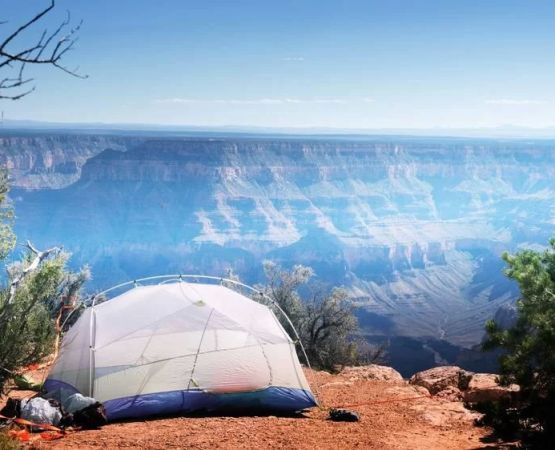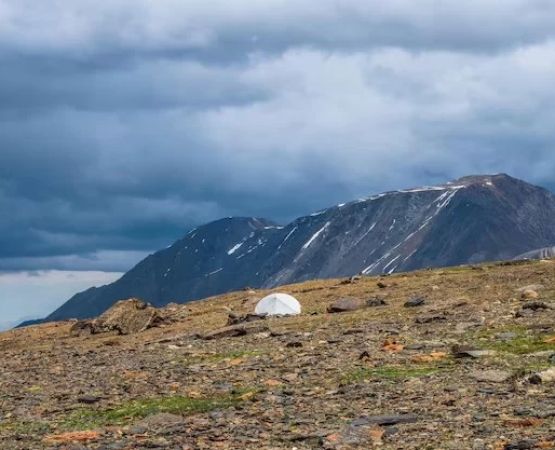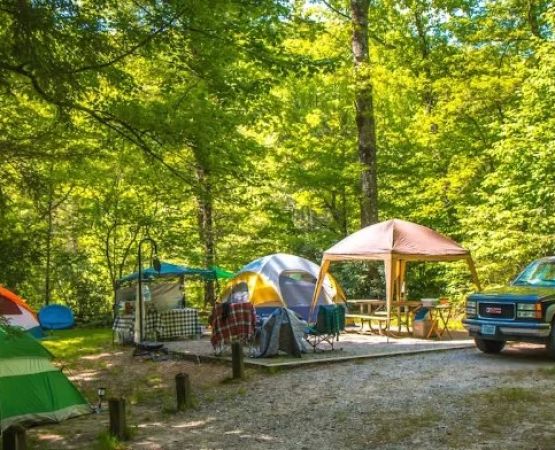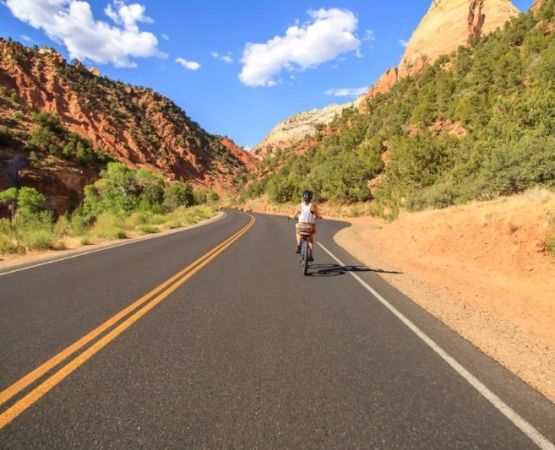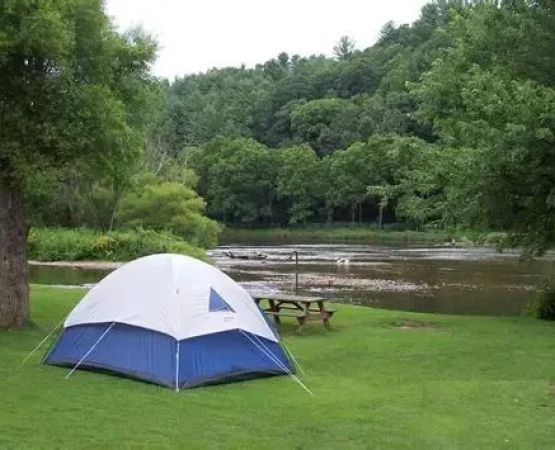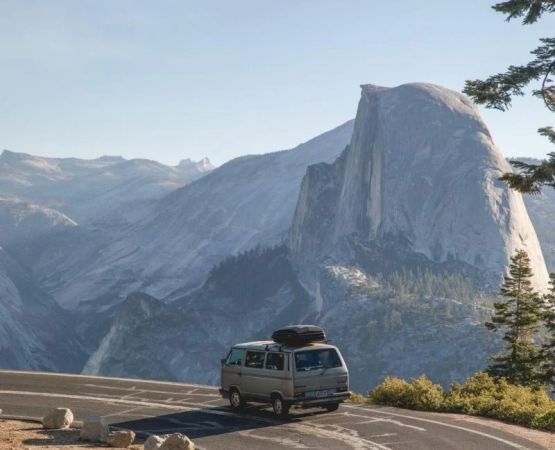- 1-Glamping-Overview
- 2-Traditional-Camping-Overview
- 3-Pros-and-Cons
- 4-Tips-for-Camping
- 5-Personal-Experiences-and-Stories
- 6-Choosing-the-Right-Option
1. Glamping Overview
Glamping, a blend of “glamorous” and “camping,” has become increasingly popular in the United States. Unlike traditional camping, glamping offers the comfort of modern amenities while still allowing you to enjoy the outdoors. Luxurious tents, fully furnished cabins, and eco-lodges are common options. Imagine waking up to the sunrise in a cozy bed rather than a sleeping bag on the hard ground—this is what glamping promises.
One major advantage is convenience. Many glamping sites provide electricity, private bathrooms, and even Wi-Fi, which can appeal to families or individuals looking for a more comfortable outdoor experience. For example, Pine Cliff Resort offers a range of glamping accommodations tailored for couples or small groups, combining nature immersion with luxury comfort.
1.1 The Experience of Glamping
Glamping allows guests to enjoy curated outdoor activities without the hassle of setting up tents or cooking over a fire. Activities like guided hikes, stargazing tours, and on-site wellness programs make it appealing for travelers who want both adventure and comfort. Visitors often describe glamping as “camping without compromises,” which has fueled its popularity on social media and travel blogs.
2. Traditional Camping Overview
Traditional camping emphasizes a closer connection to nature, often with minimalistic gear. Campers pitch their own tents, cook over campfires, and experience a raw, unplugged environment. This type of camping can be more physically demanding but is incredibly rewarding for those who enjoy hands-on outdoor challenges.
2.1 Why People Choose Traditional Camping
Many people appreciate the sense of accomplishment that comes from planning and surviving in nature. Traditional camping can also be more budget-friendly, especially for large families or groups. National parks, secluded forests, and lakeside sites provide opportunities to truly disconnect from city life.
3. Pros and Cons
3.1 Glamping Pros
- Comfortable accommodations with modern amenities
- Stress-free setup and maintenance
- Access to curated activities and concierge services
3.2 Glamping Cons
- Higher cost compared to traditional camping
- Less authentic outdoor experience
- Possible crowding at popular sites
3.3 Traditional Camping Pros
- Closer connection to nature
- Lower cost and more flexibility in location
- Sense of achievement and survival skills
3.4 Traditional Camping Cons
- Requires more preparation and equipment
- Exposure to weather and insects
- Limited access to amenities and comforts
4. Tips for Camping
No matter which style you choose, preparation is key. For glamping, booking early and choosing sites with desired amenities ensures a smooth experience. For traditional camping, always check weather conditions, pack essential gear, and familiarize yourself with local regulations.
For example, Pine Cliff Resort provides tailored recommendations for both glamping and traditional camping, including maps, activity guides, and safety tips. Proper planning enhances the experience and reduces unexpected challenges.
5. Personal Experiences and Stories
Jessica, a traveler from Colorado, shared that glamping at Pine Cliff Resort allowed her family to enjoy nature without the stress of setup. Meanwhile, her friend Mark recounts a weekend in Yosemite where traditional camping tested his skills but created lasting memories. These stories highlight that both approaches offer unique benefits depending on personal preferences.
6. Choosing the Right Option
Choosing between glamping and traditional camping comes down to your priorities. If comfort, convenience, and a curated experience matter most, glamping is ideal. If you seek immersion in nature, adventure, and skill-building, traditional camping is the way to go. A mixed approach—spending some nights glamping and others camping—can also provide a balanced experience.
Exploring options at Pine Cliff Resort allows visitors to tailor their outdoor experience while accessing professional guidance and amenities to enhance their stay.

